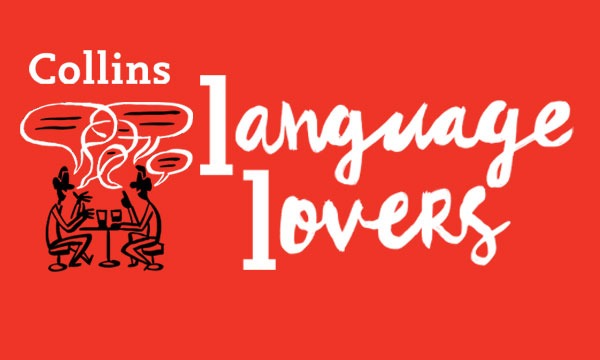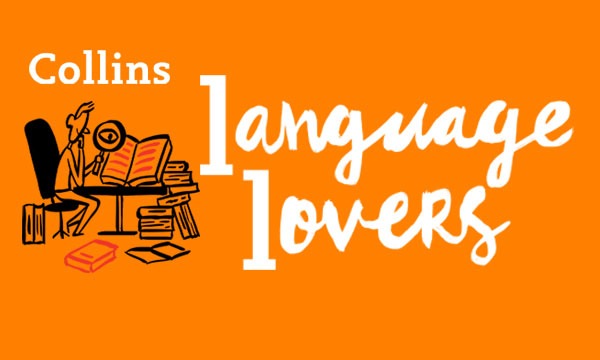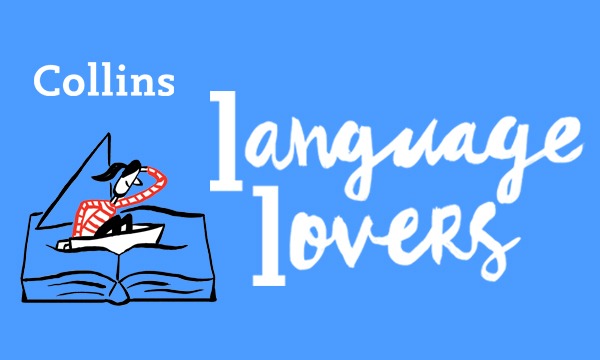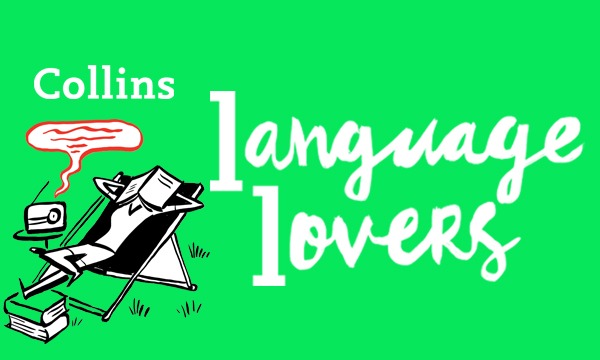4 January was World Braille Day in a year that marks the 200th anniversary of the invention of braille. Collins Dictionary joined forces with RNIB this week to recognise the importance of braille in making reading an experience that is open to everyone.
As a bolshy teenager, sometime in the last century, I mistakenly believed specialist skills like braille separated me from sighted people. So I put braille down for a while. I can now explain why I was wrong. But before I do, it may be helpful to understand how braille originated and why it is still going strong after all these years.
In the mid 1820’s, a young blind Frenchman, Louis Braille, devised a simple yet revolutionary tactile reading system of raised dots on paper. Driven by his experience of losing his eyesight aged three, and the challenges of learning to read using an embossed Roman alphabet, Braille opened up the world of written language for blind people across the globe. But it took decades for sighted people to be convinced.
Before braille, blind people relied on laborious methods – or often, no method at all – to read. Early attempts at tactile reading were based on raised print letters that were complex to read by touch and slow to produce at scale. Sonography, a twelve-dot system developed by Charles Barbier, showed promise but represented phonetic sounds rather than written language.
What made Louis Braille’s invention revolutionary was its simplicity: six dots arranged in two columns, fitting neatly under a human fingerprint, representing all letters of the alphabet, numbers and punctuation.
Braille is reading designed for fingers like print is designed for eyes. Braille can be used to represent any subject in any language including music notation, mathematics and other technical content such as computer code and signs used in email and social media.
Braille tools for reading and writing have also evolved from the humble simple frame and stylus for manually punching dots in paper, through mechanical braille writers, to electronic braille readers that connect to smartphones, tablets and laptops. And bulky braille books can now be downloaded as digital files from accessible online libraries and easily carried on USB sticks and memory cards. The next generation of multiline devices and dynamic tactile tablets is poised to enhance access to information even further.
For blind students, learning to read in braille is more than a skill: it’s an equalizer. Access to books, newspapers, academic texts, and other written material through braille fundamentally changes educational opportunities and fosters self-reliance in everyday life. Even with modern audio formats and text-to-speech software, braille remains a vital and powerful tool: it teaches spelling, grammar and punctuation, and it allows for privacy when reading or writing. This can be especially important when learning a new language or studying technical material. I remember learning simultaneous equations and matrices in maths. How would a blind person study those without braille?
Professionals including journalists, chart-topping musicians and cabinet ministers have also relied on braille to get the job done. At work I use braille to deliver presentations while freeing my ears to hear my audiences. Braille is also helpful to refer to notes in meetings and for proofing documents.
As a blind dad, reading bedtime stories to my baby son really brought home the power of braille for finding our own voices and being more present. Braille is useful in the kitchen for labelling herbs and spices. In our house we also rely on braille to identify medication.
As a family we enjoy playing board games together. On Valentine’s Day 2011, I proposed to my girlfriend using a braille Scrabble board. I waited, heart pounding, while Emma rummaged in the bag to find the letters needed to compose her answer. I had used both letter “Y”s in my question. Eventually she wrote “blank E S”. We married that July.
Braille symbolises accessibility and inclusion and is proof that literature and knowledge need not be confined by physical or technological barriers. Braille also represents the capacity and ingenuity of disabled people to develop our own solutions and the things we need to live independently and contribute to wider society.
Offering braille materials in public settings, schools and workplaces signals that everyone deserves the chance to learn, explore and imagine through the written word. Children who grow up in a society that takes braille seriously learn early on that disability is not an obstacle to success – it is simply one aspect of human experience.
Braille is not just an alternative way to read: it is a pathway to independence, career success and a rich, fulfilling life. Braille is about replacing obstacles with opportunities and creating a world where every one of us holds the power to read and write our own stories.
You can learn more about braille literacy services and products from RNIB here: www.rnib.org.uk/braille
Join in the Braille 200 celebrations, and elevate the voices of braille readers, by following #Braille200 on social media.
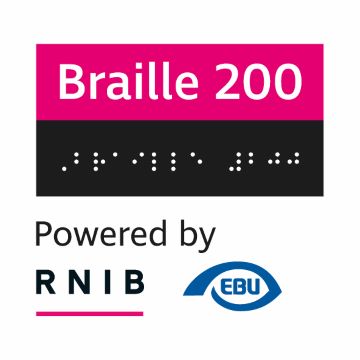
By Dave Williams
Dave Williams is Inclusive Design Ambassador at RNIB and Chair of the Braillists Foundation.
All opinions expressed on this blog are those of the individual writers, and do not necessarily reflect the opinions or policies of Collins, or its parent company, HarperCollins.
